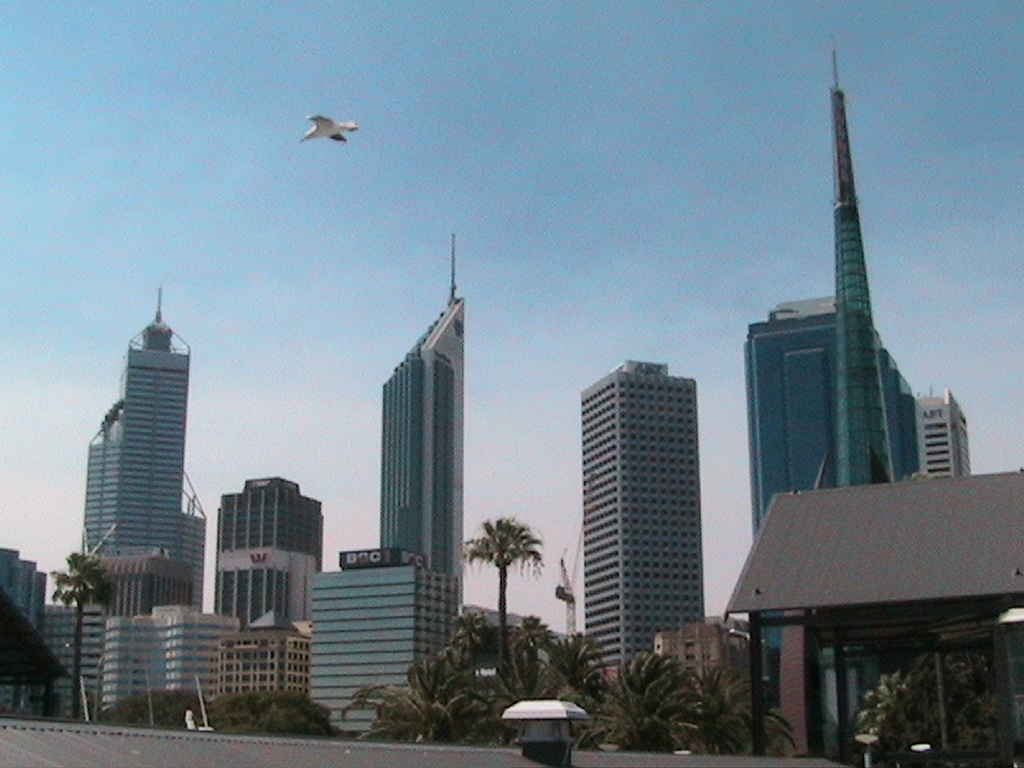It’s understandable why many people feel exasperated with large utes, especially given their prevalence on Australian roads. These vehicles take up significant space, which can contribute to congestion, make parking more difficult, and pose challenges in urban environments. Additionally, the fuel consumption of larger utes is often higher, leading to increased running costs and environmental concerns.
Moreover, the rise of big utes has also shifted the conversation around vehicle safety and road sharing. Drivers of smaller cars might feel overshadowed or threatened by the massive presence of these larger vehicles. Many argue that compact and efficient vehicles are more practical for city driving and commuting.
On the other hand, there are valid reasons why people opt for larger utes, such as their towing capacity, off-road capabilities, and space for families or equipment. However, the debate over their dominance on the roads often reflects broader discussions around urban planning, consumer choice, and environmental impacts. Ultimately, it seems there’s a balance to be found between accommodating different vehicle types and addressing the concerns of those who find the prevalence of big utes irritating.



